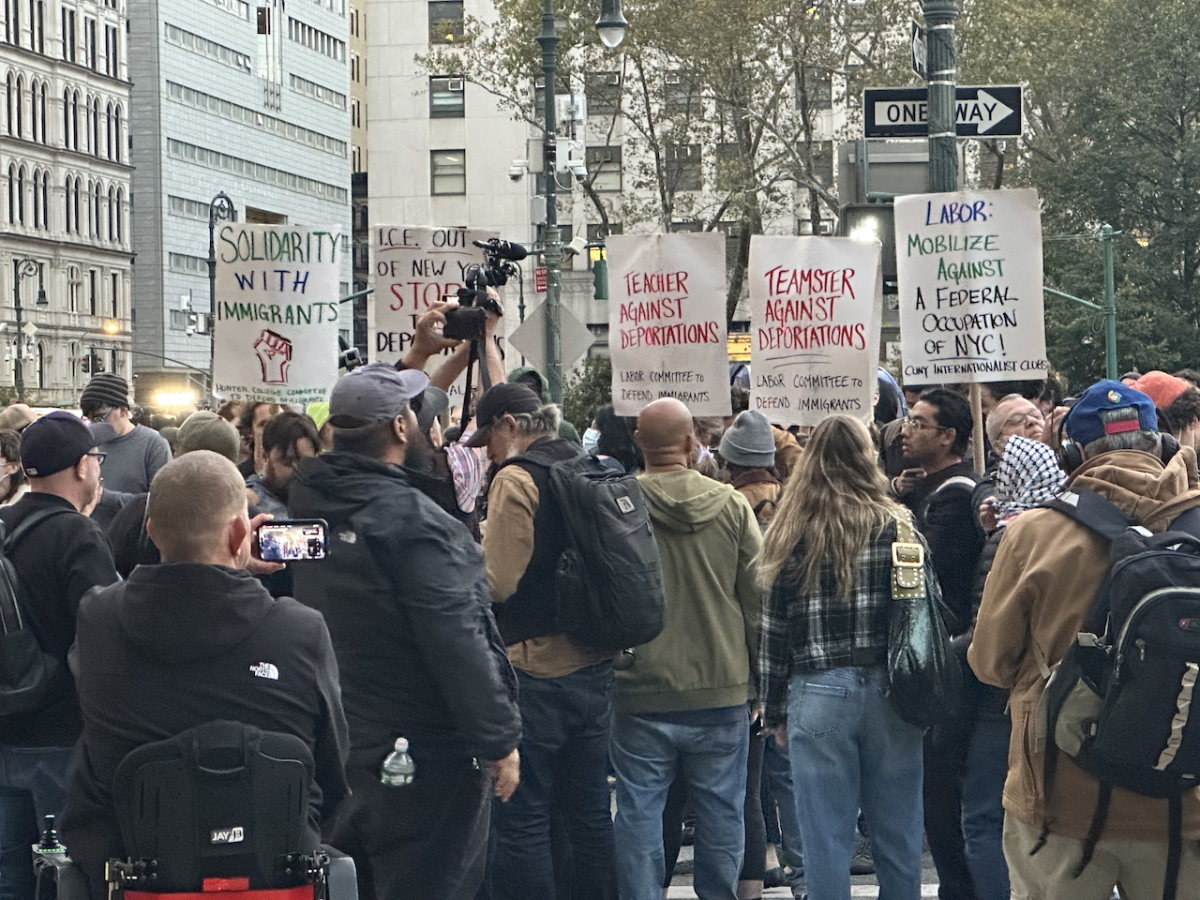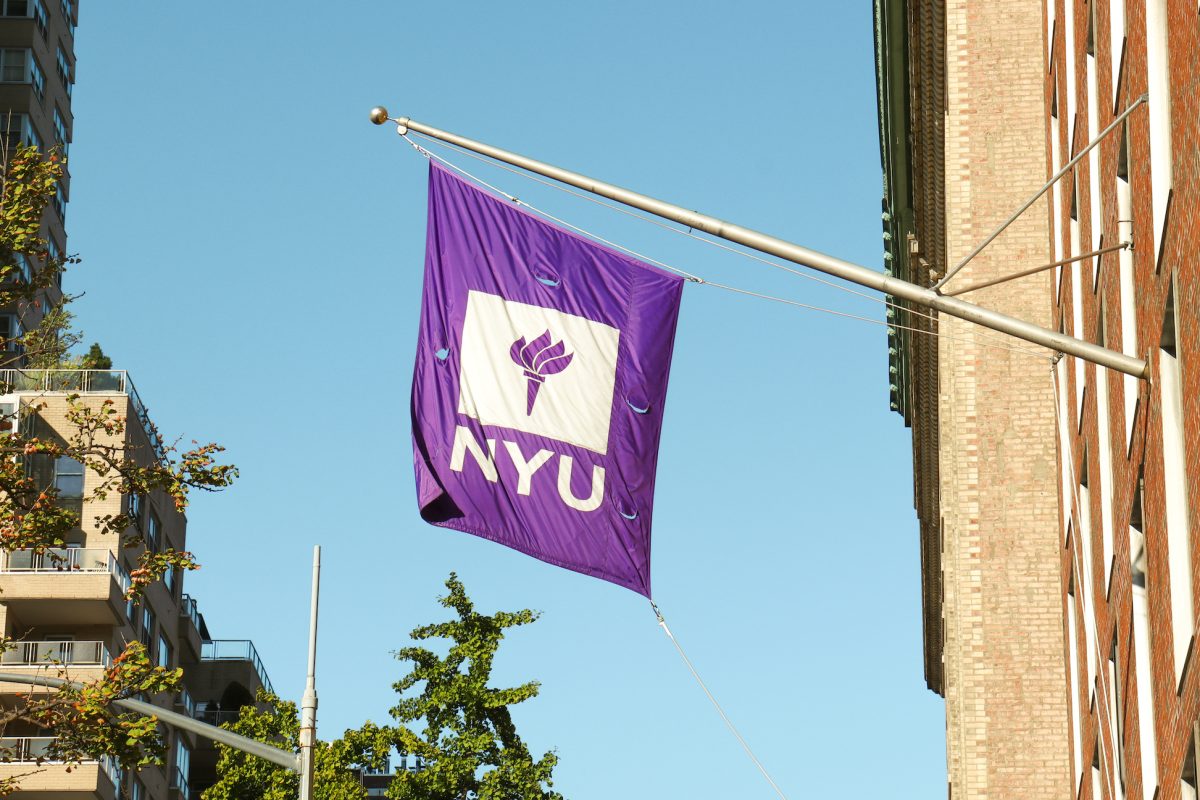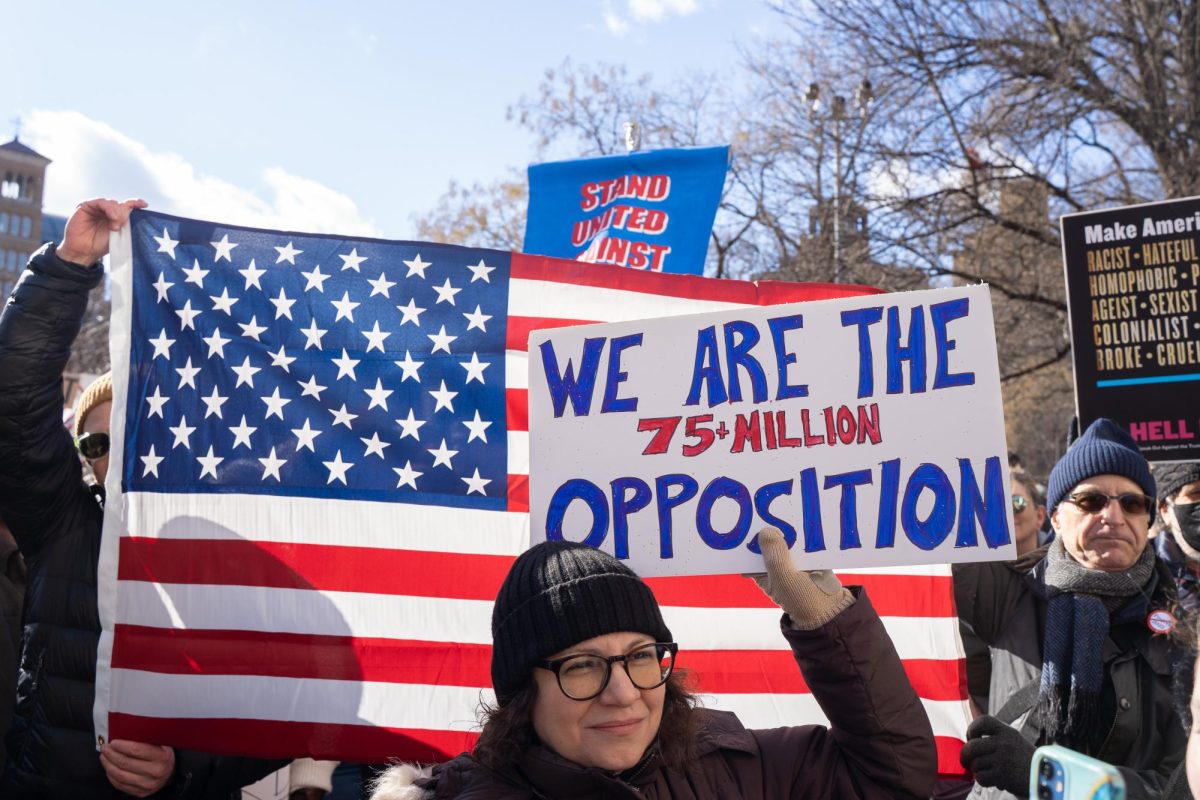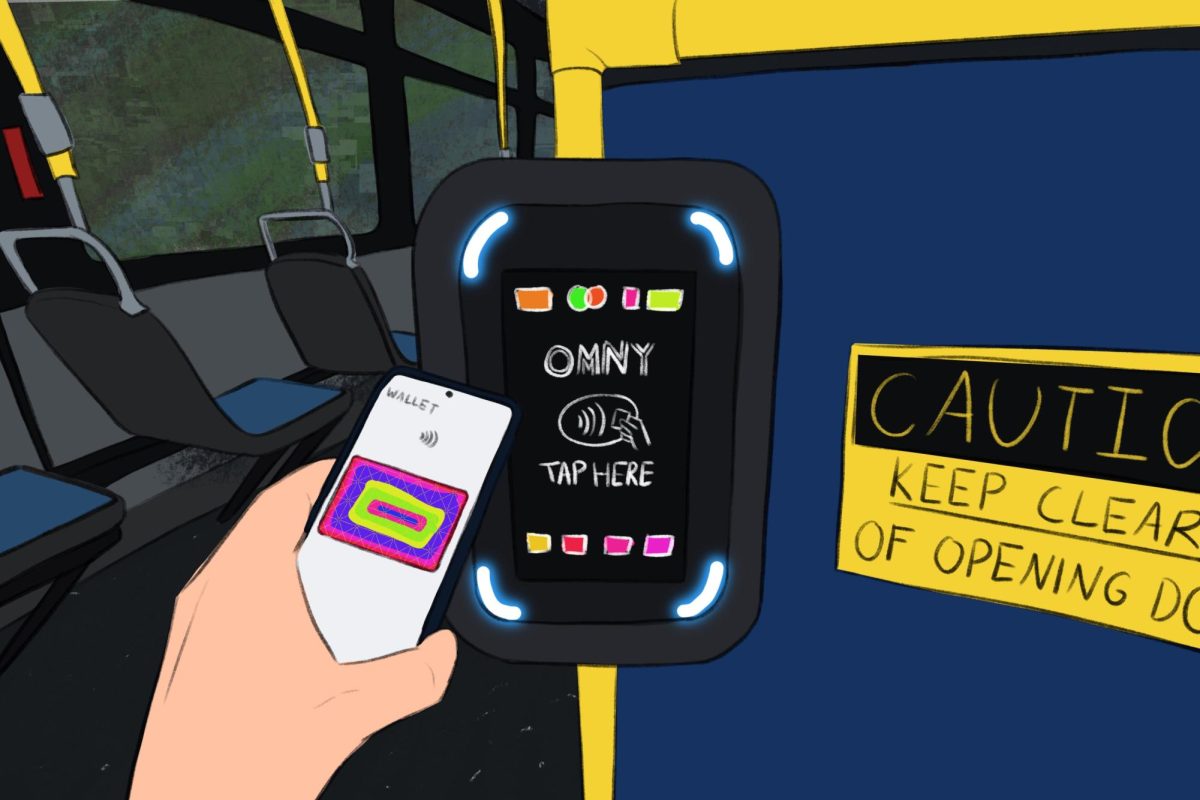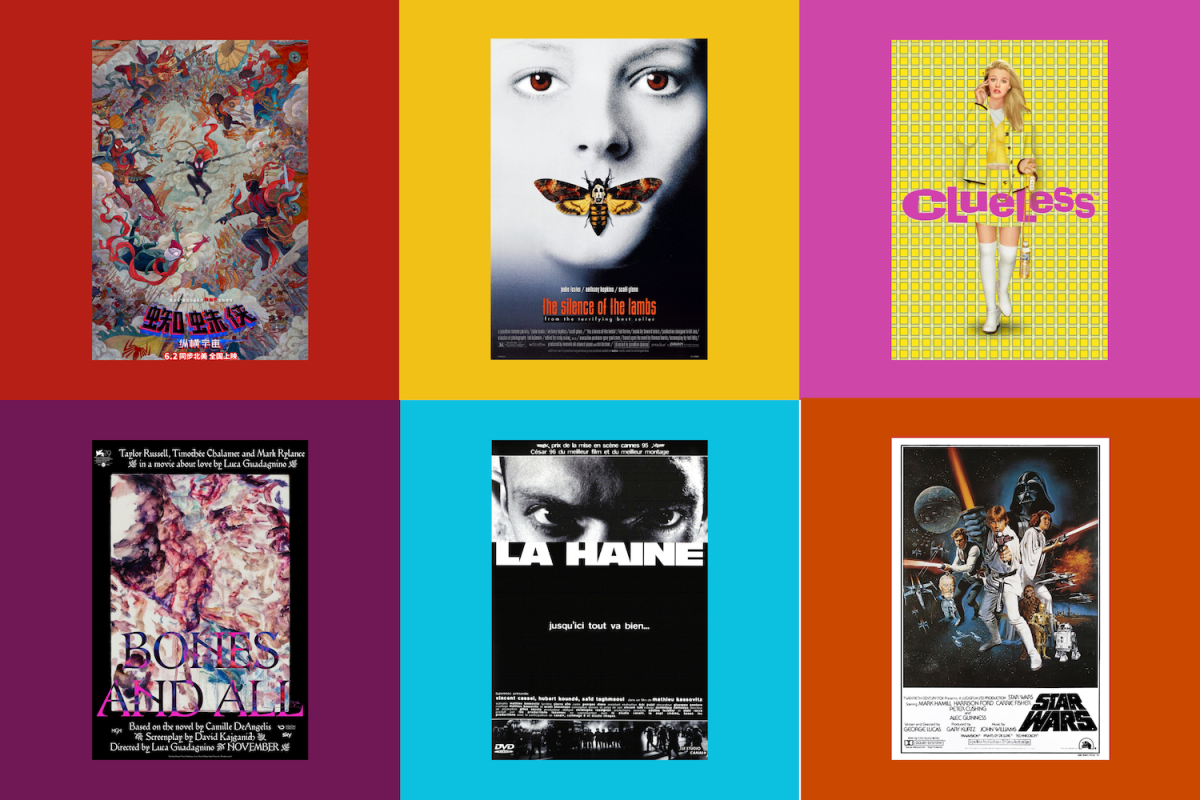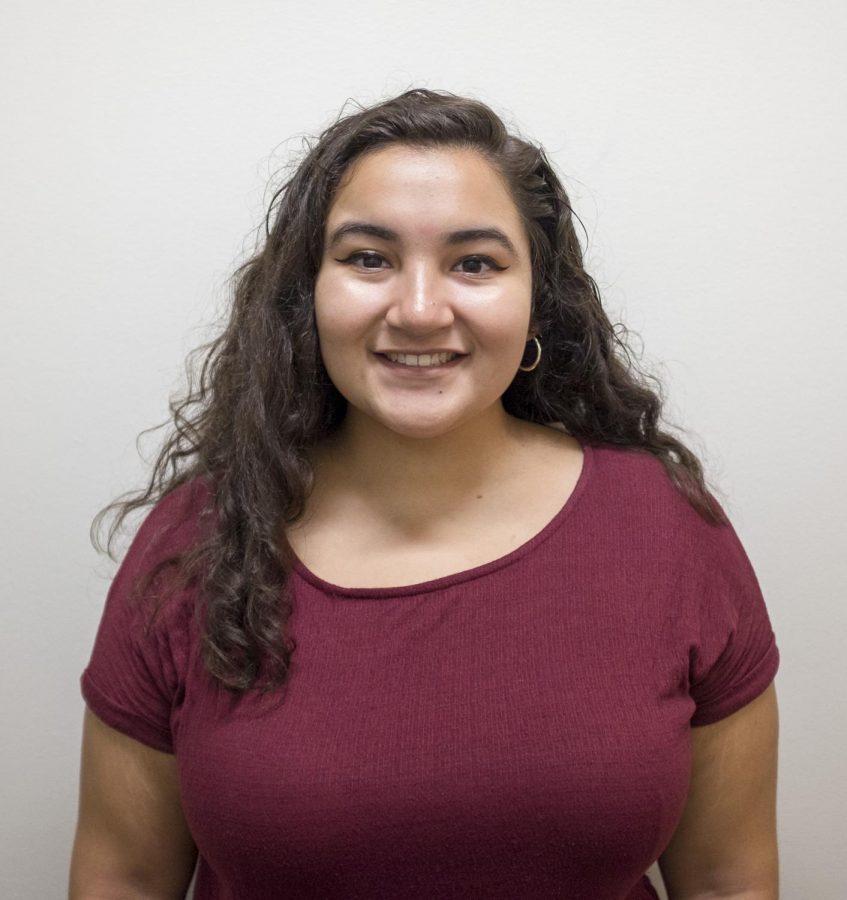This past weekend, the trailer for much-anticipated horror movie “The Curse of La Llorona” was released. It revealed that actress Linda Cardellini — who is of Irish-American descent — was to play the lead role in a film that is basing itself around famous Mexican folklore. Her character, Anna Garcia, is meant to be a social worker attempting to resolve a mysterious case of a Mexican woman’s children disappearing — so she is, quite literally, playing a white savior. Naturally, Twitter users responded with harsh backlash. Although the film is not set to be released until April, it seems as though “The Curse of La Llorona” is going to follow the same white savior narrative that Hollywood has overplayed for some time now.
It’s important to note that the cast of “The Curse of La Llorona” will feature Latino actors and actresses who can actually pronounce Llorona correctly — yes I am looking at you, Ms. Cardellini — and the trailer seems to delve somewhat into the roots of the original story. But the focus of the film is expected to be centered on Cardellini’s family in Los Angeles.
Stories of La Llorona revolve around the ghost of a crying woman who drowned her children and then herself in a river after a fit of rage. Because of this, she is always depicted as appearing by a river in Mexico to steal children so as to replace her own — and definitely not in the suburbs of LA.
It’s also uncertain whether or not the director of the film is Mexican himself, with some sites stating he is Portuguese. Regardless, this is yet another example of Hollywood feeling pressured to center a non-white story around a white protagonist.
“The Curse of La Llorona” is far from the first movie to take stories from communities of color only to dissolve them into a predominantly white narrative. The white savior complex even has its own Wikipedia page, citing several critically acclaimed films as complacent in using this trope. “The Blind Side” and “The Help” tell important stories, but at the expense of throwing their far more compelling and multilayered black characters to the side, choosing instead to focus on the white narrators. In “Hidden Figures,” the scene where the white boss of one of the African American scientists stands up for her to be able to use the whites-only bathroom never actually happened in real life.
Hell, this phenomenon even exists in our country’s own retelling of its history. I have never met a single person who wasn’t taught the romanticized version of Christopher Columbus discovering America in elementary school, only to learn later that those tales were far from the case. The normalization of this trope continues to create a problematic narrative in films that doesn’t allow for communities to tell their own stories to wider audiences.
Yet several movies from recent years have been able to combat this narrative and prove their worth all on their own. This past summer, Netflix released “To All The Boys I’ve Loved Before” — a film with a half-Korean protagonist — which is now one of the platform’s most streamed original movies ever. The film gained popularity thanks to its likeable characters and refreshingly new take on the rom-com genre. But before this unexpected success came to be, author Jenny Han revealed that only one film company was willing to produce her story with the protagonist being Korean as she is in the books. Every other company said she would have to be white.
One would think that after the success of films such as “Coco” and “Crazy Rich Asians,” the U.S. movie industry would begin to get the hint that yes, people of color can tell their own narratives and still make money. Yet we continue to run into the same problem over and over again: Hollywood movies can’t seem to be made without white people.
I remember my mom telling me stories of La Llorona as a child that would chill me to the bone. I would sit in bed fearfully waiting for her to take me away into the night the way she did to all bad children. The power that story had alone is something that most definitely will come across well on screen if told right. But nowhere in any of my mom’s stories do I remember there being a gringa that had to come and save me from the weeping woman. La Llorona has lived for generations solely through the Latino community’s compelling culture of storytelling. There is no need to force a different narrative into one that can be told well enough on its own.
Opinions expressed on the editorial pages are not necessarily those of WSN, and our publication of opinions is not an endorsement of them.
A version of this article appeared in the Monday, Oct. 22 print edition.
Email Melanie at [email protected]















